Fisheries biologists explain to local anglers moves to restore Kootenay Lake fishery
Even Game six of the Stanley Cup Playoffs could not stop more than 120 anglers from leaving their televisions to fill the Balfour Community Hall in Balfour Monday to listen to answers on how Forest Lands and Natural Resource Operations (FLNRO) biologists plan to address the recovery of the Kootenay Lake fishery.
“We are committed to being transparent and communicating back to anglers,” senior fisheries biologist Jeff Burrows told the crowd Monday during the question period following the 25-minute power point presentation.
“We really want to keep you informed and we’re happy you all came (to this meeting),” added biologist Matt Neufeld.
It was Burrows and Neufeld who took the audience through the presentation that highlighted ministry plans to address the decline in kokanee fish in Kootenay Lake.
The shortage of kokanee has led to Gerrard Rainbow, which depends on kokanee as its food source, looking more like skinny, long snake-like-looking fish than the prize trophy catches Kootenay Lake is known for.
“This is a huge economic loss to the local economy, probably close to the $10 Million range,” said local biologist Greg Andrusak.
“And it will probably be in the range of five to ten years to recover so what’s the ministry going to do?”
Burrows answered saying the actions implemented by the ministry through its expert team — provincial fish biologists, Freshwater Fisheries Society of BC, the Ktunaxa First Nation and a BC Wildlife Federation technical expert — will be monitored and through the data collected more may be done.
Some of the changes include:
- reducing the quota of kokanee form 15 to zero fish per day to help kokanee recover
- increasing the quota for Gerrard trout from 2 to 4 fish per day, while maintaining the regulation to 1 Gerrard over 50 centimetres, reducing predation on kokanee while still encouraging the continued abundance of large Gerrards.
The ministry has also:
- On May 21, 2015, the Province and the Freshwater Fisheries Society of BC released 90,000 kokanee fry into Crawford Creek and 5,000 kokanee fry into Hendryx Creek, two tributaries of Kootenay Lake.
- Reviewing bull trout catch rate and kokanee survival numbers in late June to determine if short term increases to the bull trout daily quota are appropriate.
- Working with the Freshwater Fisheries Society of BC to collect up to 5 million kokanee eggs elsewhere in B.C. this fall, to be hatched and released into a Kootenay Lake tributary, if kokanee escapement is below 2014 levels. In addition, the Freshwater Fisheries Society of BC will raise up to 500,000 additional kokanee fry for release in spring 2016. This will increase kokanee numbers as prey in the lake in 2016, and supplement the next generation of kokanee spawners.
- Extend the nutrient restoration season further into the fall, environmental conditions permitting, to improve kokanee over-winter survival.
- Initiate review and data analysis to better understand predator/prey dynamics in the lake, and inform future management actions.
Area E Director for the Regional District of Central Kootenay Ramona Faust questioned the panel about funding from the government.
“We’ve assembled resources from groups in BC while the ministry has provided a smaller package,” Burrows explained.
“The hope is all this works toward a recovery soon. If not, then it’s our job to sell it (to the ministry) and ask for more money.”
Kerry Reed, owner/operator Reel Adventures Fishing Tours, believes moves by the ministry are “definitely a step in the right direction.”
“We need to jumpstart to get kokanee back into the (Kootenay) Lake,” he said. “If they follow through with adding the 5 million eggs to the lake that will help for sure.
“Reducing the predators, Gerrard Rainbows, that will help . . .. We saw three years ago they were at a high so this will bring those numbers down.”
This is the second meeting at Balfour Community Hall in three-plus months that ministry officials have attended to discuss this problem.
Reed is thankful public pressure may have pushed the ministry into taking action because the fishing industry on Kootenay Lake is in big trouble.
“There’s lots of small fish,” said Reed when asked about what’s being caught on his charters.
“There lots of days we catch 10 to 15 fish, but they’re all two and three pounds. All the big fish seem to be starving and disappearing so the predator situation may be looking after itself.”


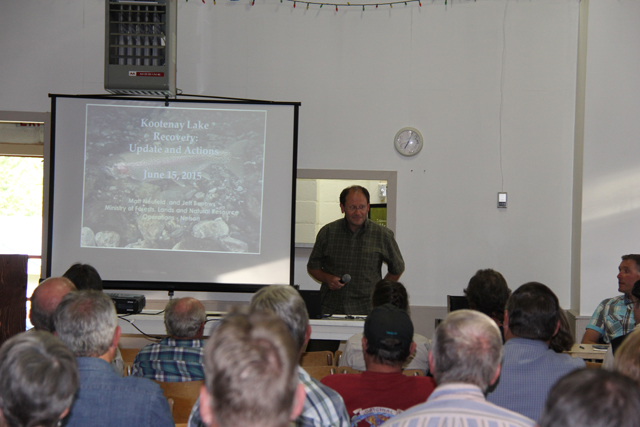
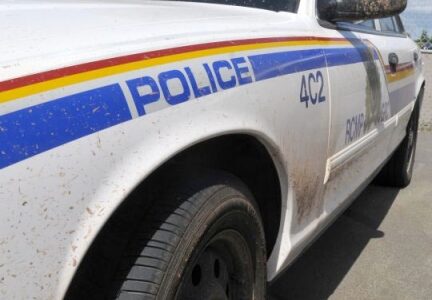

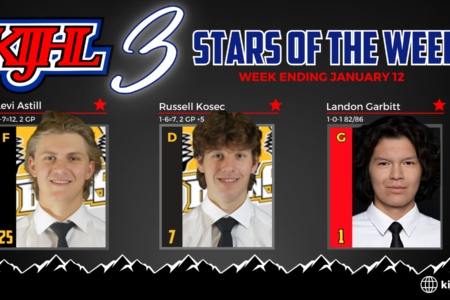
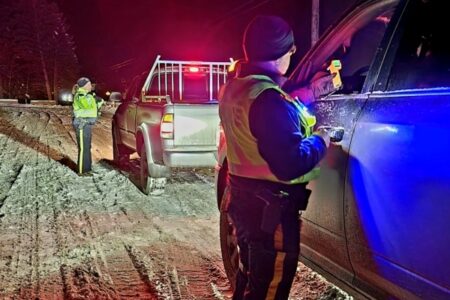









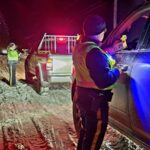






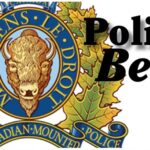
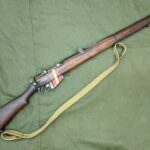
Comments